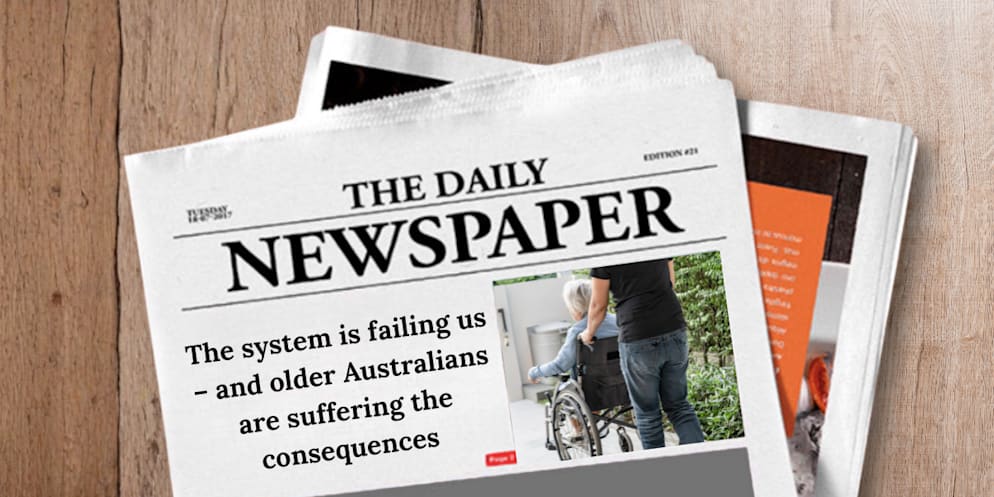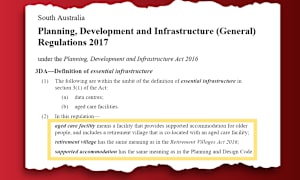StewartBrown just dropped a number that should jolt the sector: average time on a Home Care Package has plunged from 3.6 years in FY24 to 2.4 in FY25. That’s not a tweak – it’s a cliff. And it speaks to the same uncomfortable truth across CHSP, HCP/Support at Home and residential care: demand is surging while supply withers.
Why are people staying in home care 33% less of the time? We have to assume it is because they enter home care later due to delays in getting assessed (6-12 months) and then winning a package (another 12 months).
What’s baffling is the silence.
Here’s the brutal reality. Even if you take at face value the headline pledge of an extra 300,000 Packages over the next decade, there is little in the Forward Estimates to show when or how they arrive.
Back-of-the-envelope modelling suggests we need closer to 40,000 new Packages a year for the next few years just to keep pace – far more than appears to be on the cards.
The human cost is already in the data. Force people to wait 12 months and they decline faster. By the time a Package starts, it’s too late to stabilise – so they churn earlier into residential care or acute care, or they die.
Shorter time on a Package isn’t a productivity win; it’s a red flag that we’re missing the window where support slows deterioration.
Prevention matters – primary care, allied health, reablement – but it won’t magic away the bulge of Australians turning 80 over the next decade.
If we’re serious about a future that works, the plan needs a real, funded schedule for Package releases.
The next decade is bearing down. The question isn’t whether demand will arrive. It’s whether we’ll have the Packages, people and beds when it does. Right now, the answer is no – and that should be front-page outrage.










